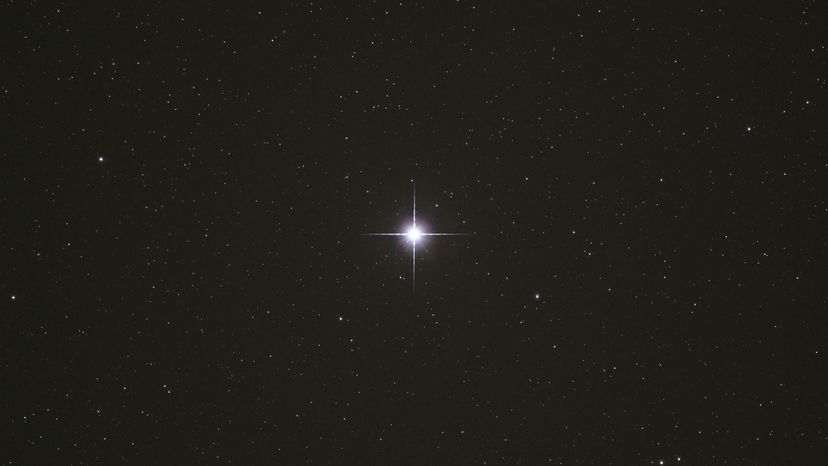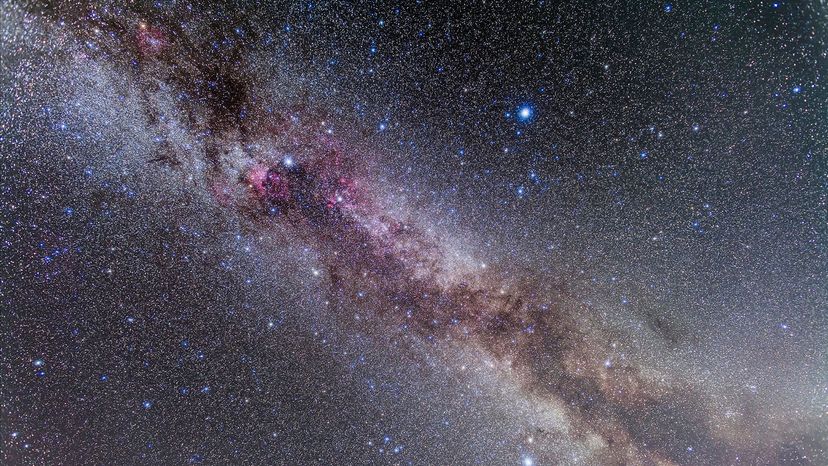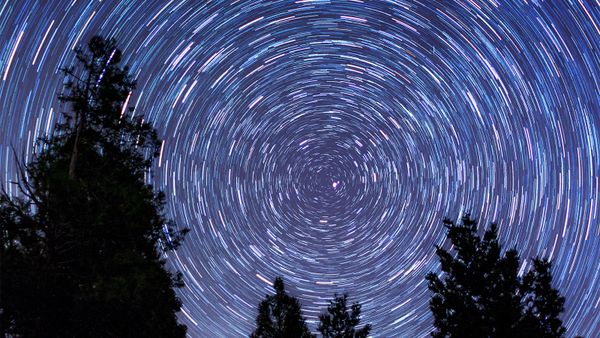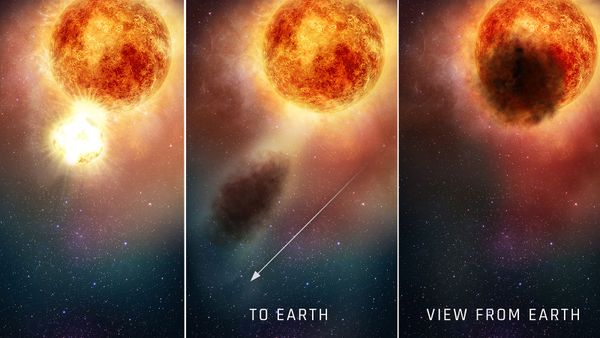The star Vega is exceptionally eye-catching — it's the fifth brightest star in the night sky.
Vega is located in the constellation Lyra, which isn't a constellation most people can pick out when looking at the night sky. Nevertheless, it's among the most studied stars in the sky. Vega was the first star after our sun to be photographed and have its light spectrum recorded.
Stars can appear bright for several reasons: Because they are close or because they shine brightly. In the case of Vega, it's both. "Vega is bright because it's big, hot and close to us," explains astronomer Roy Alexander, who is an official International Dark-Sky Association delegate in the U.K. — among many other astronomy projects he's involved with.
Specifically, Vega is relatively close to our sun, at just 25 light-years away. It is also one of the most luminous stars in our galactic neighborhood.
"Vega is a white/blue star spectral type A0 V star, which means it's [got] a lot of blue in its spectrum," says Alexander. "Blue is quite easily visible to humans in the night sky so that probably helps us to see it as a much brighter star too."
Finally, our perspective on Vega helps us see it more brightly: "Vega is much hotter at its poles than its equator," explains Alexander. "We see it as 'pole' wards — that is one of its poles is pointing toward us. That'll add an element to why it's brighter."



